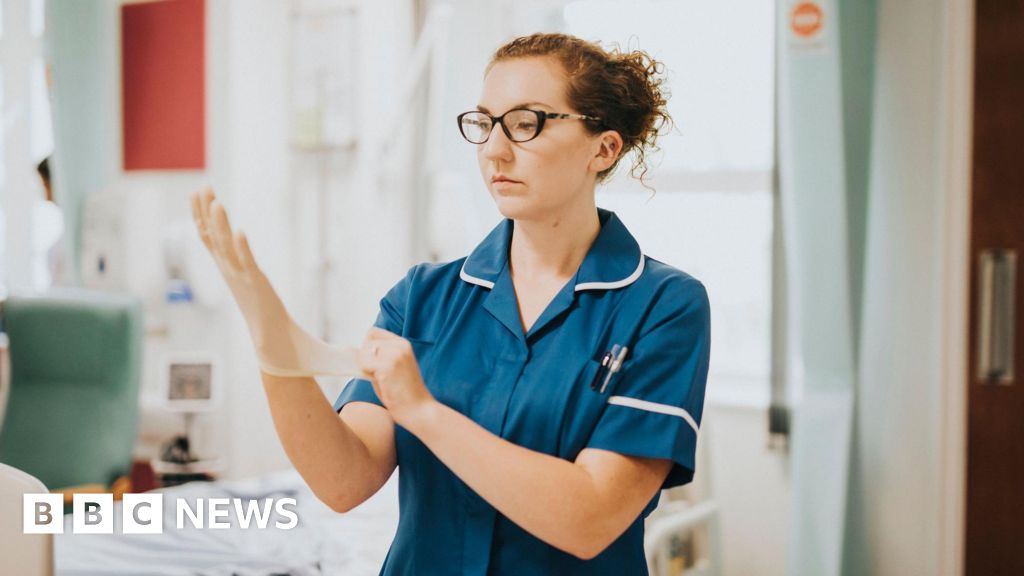Public sector pay deals help drive up UK borrowing

Government borrowing was much higher than expected in October, as debt interest payments hit a record high and public sector pay rises contributed to higher spending.
Borrowing – the difference between spending and tax take – stood at £17.4bn last month, the second highest October figure since monthly records began in 1993.
The borrowing figures are the first to be released since Chancellor Rachel Reeves’ first Budget last month.
“October’s disappointing public finances figures underline the fiscal challenge that the chancellor still faces,” said Alex Kerr, UK economist at Capital Economics.
Jessica Barnaby, deputy director for public sector finances at the Office for National Statistics (ONS), which produced the figures, said: “Despite the cut in the main rates of National Insurance earlier in 2024, total receipts rose on last year.
“However, with spending on public services, benefits and debt interest costs all up on last year, expenditure rose faster than revenue overall.”
The ONS figures showed that interest payments on government debt hit £9.1bn last month, the highest October figure since monthly records began in 1997.
Borrowing in the financial year to October has now reached £96.6bn, which is £1.1bn more than at the same point last year.
Last month’s Budget is set to increase government spending by almost £70bn a year over the next five years, according to the Office for Budget Responsibility, with half funded through higher taxes and the rest coming through higher borrowing.
Chief Secretary to the Treasury Darren Jones said again that the Labour government had inherited a difficult economic situation following the General Election.
“At the Budget we addressed this, fixing the foundations and putting public finances on a sustainable footing to rebuild the country,” he said.
“This government will never play fast and loose with the public finances. Our new robust fiscal rules will deliver stability by getting debt down while prioritising investment to deliver growth.”
Capital Economics’ Mr Kerr also said that October’s borrowing figures “underline the little wiggle room the chancellor has to significantly increase day-to-day spending”.
“While the chancellor has downplayed the chances of further tax-raising measures, if she wants to increase day-to-day spending in future years, she may need to raise taxes to pay for it,” he said, referring to chancellor’s self-imposed targets.
World News || Latest News || U.S. News
Source link



